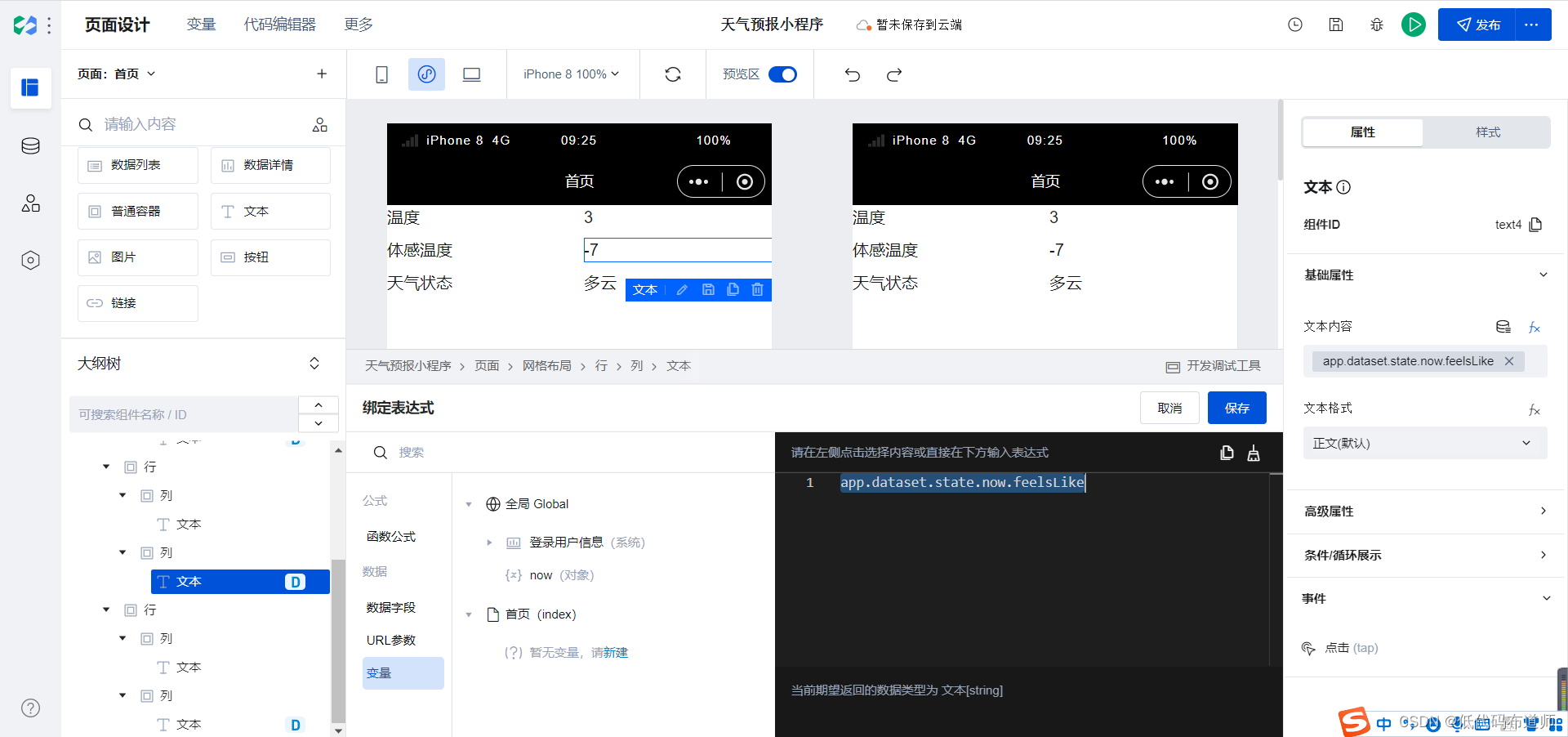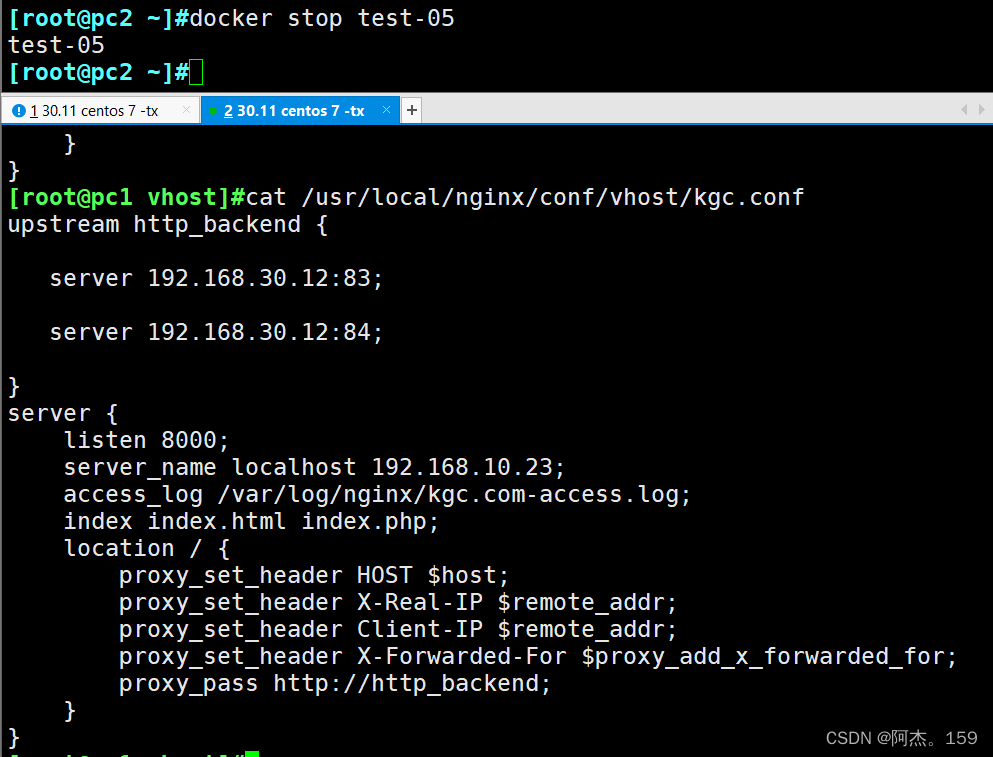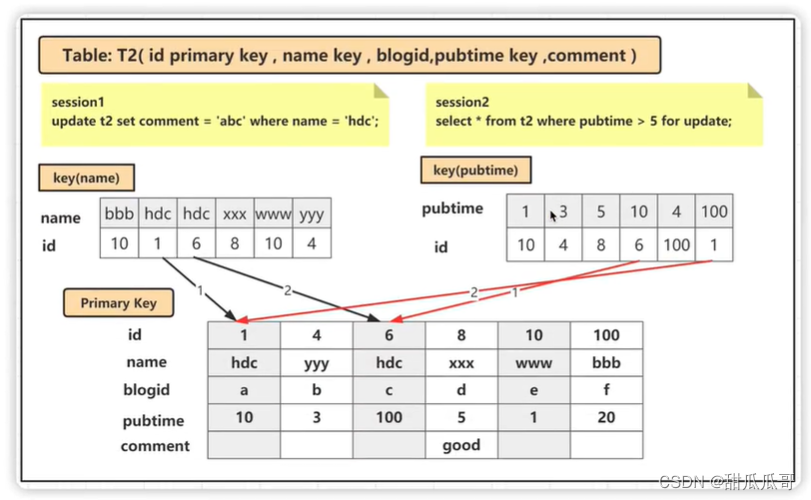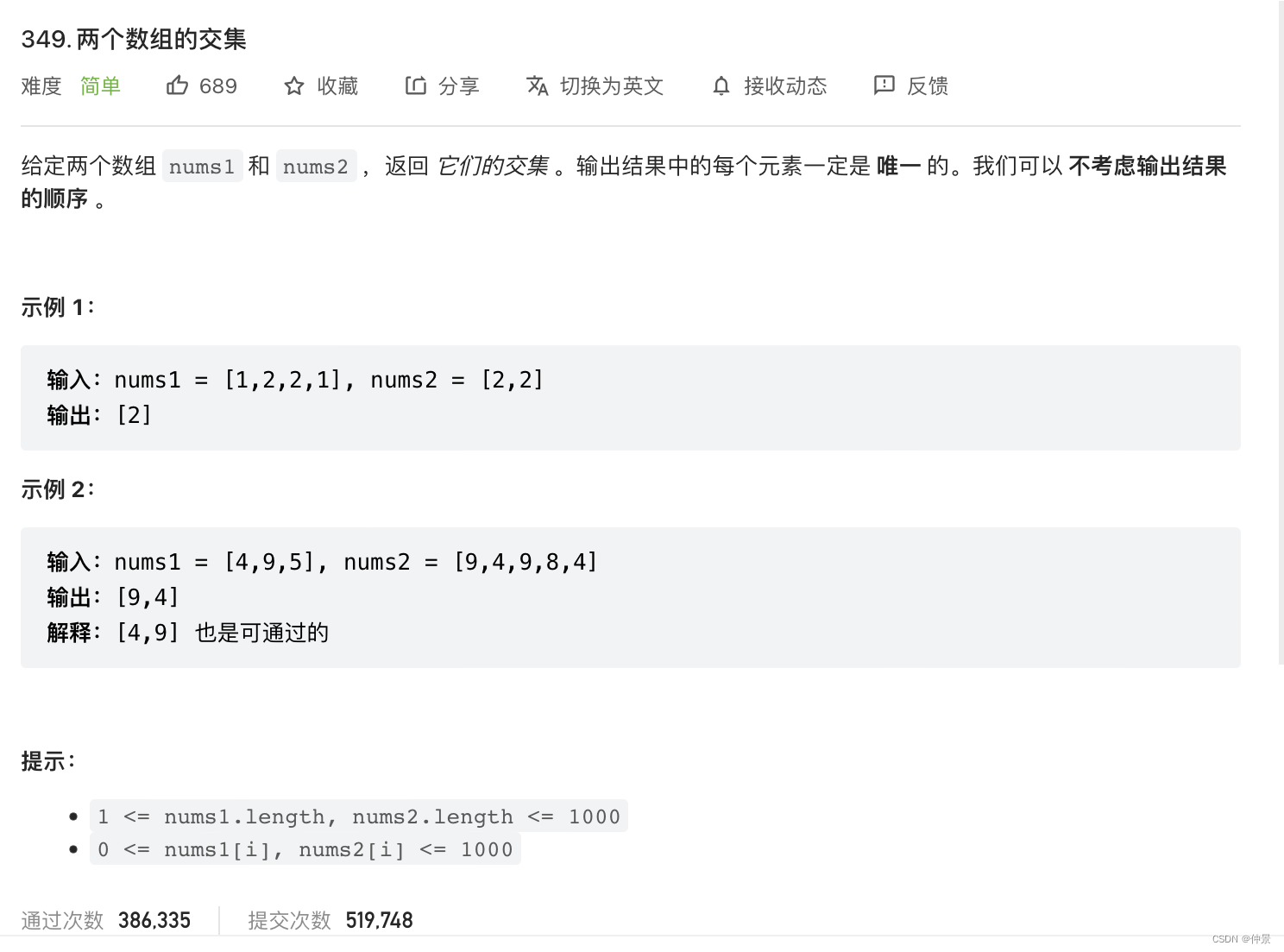目录
一、Shiro基础
1.1Shiro定义:
1.2Shiro架构:
1.3快速上手:
二、Spring整合Shiro
2.1导入spring整合shiro的依赖
2.2两个配置类
寻找maven版本号:Maven Repository: org.apache.shiro » shiro-core (mvnrepository.com)
Shiro官网:Apache Shiro | Simple. Java. Security.
一、Shiro基础
1.1Shiro定义:
Apache Shiro™ 是一个功能强大且易于使用的 Java 安全框架,用于执行身份验证, 授权、加密和会话管理。使用四郎易于理解的API,您可以 快速轻松地保护任何应用程序 - 从最小的移动应用程序到最大的 Web 和企业应用程序。
1.2Shiro架构:

1.3快速上手:
/*
* Licensed to the Apache Software Foundation (ASF) under one
* or more contributor license agreements. See the NOTICE file
* distributed with this work for additional information
* regarding copyright ownership. The ASF licenses this file
* to you under the Apache License, Version 2.0 (the
* "License"); you may not use this file except in compliance
* with the License. You may obtain a copy of the License at
*
* http://www.apache.org/licenses/LICENSE-2.0
*
* Unless required by applicable law or agreed to in writing,
* software distributed under the License is distributed on an
* "AS IS" BASIS, WITHOUT WARRANTIES OR CONDITIONS OF ANY
* KIND, either express or implied. See the License for the
* specific language governing permissions and limitations
* under the License.
*/
import org.apache.shiro.SecurityUtils;
import org.apache.shiro.authc.*;
import org.apache.shiro.config.IniSecurityManagerFactory;
import org.apache.shiro.mgt.SecurityManager;
import org.apache.shiro.session.Session;
import org.apache.shiro.subject.Subject;
import org.apache.shiro.util.Factory;
import org.slf4j.Logger;
import org.slf4j.LoggerFactory;
/**
* Simple Quickstart application showing how to use Shiro's API.
*
* @since 0.9 RC2
*/
public class Quickstart {
private static final transient Logger log = LoggerFactory.getLogger(Quickstart.class);
public static void main(String[] args) {
// The easiest way to create a Shiro SecurityManager with configured
// realms, users, roles and permissions is to use the simple INI config.
// We'll do that by using a factory that can ingest a .ini file and
// return a SecurityManager instance:
// Use the shiro.ini file at the root of the classpath
// (file: and url: prefixes load from files and urls respectively):
Factory<SecurityManager> factory = new IniSecurityManagerFactory("classpath:shiro.ini");
SecurityManager securityManager = factory.getInstance();
// for this simple example quickstart, make the SecurityManager
// accessible as a JVM singleton. Most applications wouldn't do this
// and instead rely on their container configuration or web.xml for
// webapps. That is outside the scope of this simple quickstart, so
// we'll just do the bare minimum so you can continue to get a feel
// for things.
SecurityUtils.setSecurityManager(securityManager);
// Now that a simple Shiro environment is set up, let's see what you can do:
// get the currently executing user:
//获得当前的用户对象
Subject currentUser = SecurityUtils.getSubject();
// Do some stuff with a Session (no need for a web or EJB container!!!)
//通过当前的用户拿到Session
Session session = currentUser.getSession();
session.setAttribute("someKey", "aValue");
String value = (String) session.getAttribute("someKey");
if (value.equals("aValue")) {
log.info("Retrieved the correct value! [" + value + "]");
}
// let's login the current user so we can check against roles and permissions:
//判断当前的用户是否被认证
if (!currentUser.isAuthenticated()) {
//Token:令牌,没有获取,随机
UsernamePasswordToken token = new UsernamePasswordToken("lonestarr", "vespa");
token.setRememberMe(true); //设置记住我
try {
currentUser.login(token); //执行登录操作
} catch (UnknownAccountException uae) {
log.info("There is no user with username of " + token.getPrincipal());
} catch (IncorrectCredentialsException ice) {
log.info("Password for account " + token.getPrincipal() + " was incorrect!");
} catch (LockedAccountException lae) {
log.info("The account for username " + token.getPrincipal() + " is locked. " +
"Please contact your administrator to unlock it.");
}
// ... catch more exceptions here (maybe custom ones specific to your application?
catch (AuthenticationException ae) {
//unexpected condition? error?
}
}
//say who they are:
//print their identifying principal (in this case, a username):
//存取信息的
log.info("User [" + currentUser.getPrincipal() + "] logged in successfully.");
//test a role:
if (currentUser.hasRole("schwartz")) {
log.info("May the Schwartz be with you!");
} else {
log.info("Hello, mere mortal.");
}
//test a typed permission (not instance-level)
//粗力度权限检查
if (currentUser.isPermitted("lightsaber:wield")) {
log.info("You may use a lightsaber ring. Use it wisely.");
} else {
log.info("Sorry, lightsaber rings are for schwartz masters only.");
}
//a (very powerful) Instance Level permission:
//细力度权限检查
if (currentUser.isPermitted("winnebago:drive:eagle5")) {
log.info("You are permitted to 'drive' the winnebago with license plate (id) 'eagle5'. " +
"Here are the keys - have fun!");
} else {
log.info("Sorry, you aren't allowed to drive the 'eagle5' winnebago!");
}
//all done - log out!
//注销
currentUser.logout();
//结束
System.exit(0);
}
}下面我给出几个shiro的核心代码
1.获取当前的用户
Subject currentUser = SecurityUtils.getSubject();
2.shiro拥有自己独立的sessionSession session = currentUser.getSession();
3.判断当前用户是否被认证currentUser.isAuthenticated()
4.获得当前用户的认证currentUser.getPrincipal()
5.判断当前用户是否有对应的角色currentUser.hasRole("schwartz")
6.获得当前用户的权限,根据参数的不同产生不同的效果currentUser.isPermitted()
7.注销currentUser.logout();
8.记住我功能token.setRememberMe(true);
二、Springboot整合Shiro
2.1导入spring整合shiro的依赖
<!--shiro整合spring的包-->
<dependency>
<groupId>org.apache.shiro</groupId>
<artifactId>shiro-spring</artifactId>
<version>1.7.0</version>
</dependency>2.2两个配置类
第一个为ShiroConfig类,需要注入三个bean,注意,这三个bean逻辑上有严格的层级关系
package com.example.springbshiro.demos.config;
import org.apache.shiro.spring.web.ShiroFilterFactoryBean;
import org.apache.shiro.web.mgt.DefaultWebSecurityManager;
import org.springframework.beans.factory.annotation.Qualifier;
import org.springframework.context.annotation.Bean;
import org.springframework.context.annotation.Configuration;
import java.util.LinkedHashMap;
import java.util.Map;
@Configuration
public class ShiroConfig {
//ShiroFilterFactoryBean
@Bean
public ShiroFilterFactoryBean getShiroFilterFactoryBean(@Qualifier("securityManager") DefaultWebSecurityManager defaultWebSecurityManager){
ShiroFilterFactoryBean bean = new ShiroFilterFactoryBean();
//设置安全管理器
bean.setSecurityManager(defaultWebSecurityManager);
//添加shiro 的内置过滤器
/*
anon:无需认证就可以访问
authc:必须认证才能访问
user:必须拥有记住我功能才能用
perms:拥有对某个资源的权限才能访问
role:拥有某个角色权限才能访问
*/
//拦截
Map<String,String> filternMap = new LinkedHashMap<>();
//授权,正常情况下未授权会跳转的未授权页面
filternMap.put("/user/add","perms[user:add]");
filternMap.put("/user/update","perms[user:update]");
//设置访问权限
filternMap.put("/user/add","authc");
filternMap.put("/user/update","authc");
//支持通配符
filternMap.put("/user/*","authc");
bean.setFilterChainDefinitionMap(filternMap);
//如果没有权限,设置登录请求
bean.setLoginUrl("/toLogin");
//未授权页面
bean.setUnauthorizedUrl("/noauth");
return bean;
}
//DafaulWebSecurityManager
@Bean(name="securityManager")
public DefaultWebSecurityManager getDefaultWebSecurityManager(@Qualifier("userRealm") UserRealm userRealm) {
DefaultWebSecurityManager securityManager = new DefaultWebSecurityManager();
//关联UserRealm
securityManager.setRealm(userRealm);
return securityManager;
}
//创建realm对象,需要自定义类
@Bean(name = "userRealm") //不写name的话,默认是方法名
public UserRealm userRealm(){
return new UserRealm();
}
}
第二个配置类是实现UserRealm,通过给UserRealm进行授权和认证,来限制用户的访问权限
UserRealm继承于AuthorizingRealm
package com.example.springbshiro.demos.config;
import org.apache.shiro.SecurityUtils;
import org.apache.shiro.authc.*;
import org.apache.shiro.authz.AuthorizationInfo;
import org.apache.shiro.authz.SimpleAuthorizationInfo;
import org.apache.shiro.realm.AuthorizingRealm;
import org.apache.shiro.subject.PrincipalCollection;
import org.apache.shiro.subject.Subject;
//自定义的UserRealm
public class UserRealm extends AuthorizingRealm {
//授权
@Override
protected AuthorizationInfo doGetAuthorizationInfo(PrincipalCollection principalCollection) {
// System.out.println("执行了授权");
SimpleAuthorizationInfo info = new SimpleAuthorizationInfo();
//授权对应的方法
info.addStringPermission("user:add");
//拿到当前登录的对象
Subject subject = SecurityUtils.getSubject();
// User user = (User)subject.getPrincipal(); //拿到User对象
//设置用户权限,设置用户数据库中的权限
//info.addStringPermission(user.getPerms());
return info;
}
//认证
@Override
protected AuthenticationInfo doGetAuthenticationInfo(AuthenticationToken token) throws AuthenticationException {
// System.out.println("执行了认证");
//用户名,密码,数据库中取
String name = "root";
String password = "123456";
//连接真实数据库的操作
//User user = userService.queryUserByName(userToken.getUsername())
//if(user == null){ 这个人不存在
// return null; }
UsernamePasswordToken userToken = (UsernamePasswordToken) token;
if(!userToken.getUsername().equals(name)){
return null; //抛出异常(UnknownAccountException 返回空就是返回这个错误)
}
//密码认证,shiro来做,(已加密)
return new SimpleAuthenticationInfo("",password,"");
}
}



















